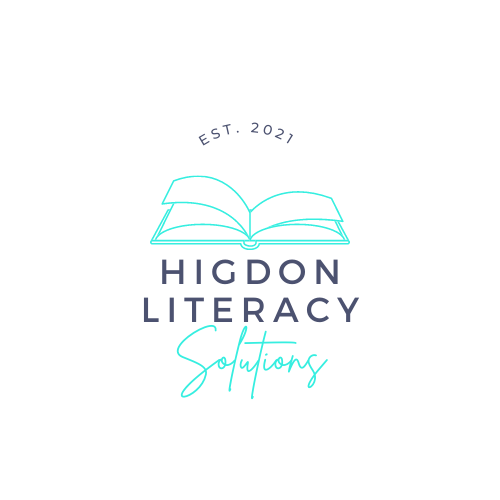Unveiling the Power of Phonological Awareness: A Classical Approach to Literacy Development
Introduction:
Phonological awareness plays a crucial role in the early stages of literacy development, forming the foundation for reading and writing skills. The classical method, rooted in time-tested educational principles, offers a comprehensive and effective approach to nurturing phonological awareness in young learners. In this blog post, we'll explore the key elements of the classical method and how they contribute to the development of strong phonological skills.
Understanding Phonological Awareness:
Phonological awareness involves the ability to recognize and manipulate the sounds of spoken language. It encompasses various skills, including rhyming, blending, segmenting, and manipulating sounds within words. By honing these skills, children become better equipped to decode and comprehend written language.
The Classical Method:
Emphasis on Orality: The classical method places a strong emphasis on orality, recognizing that spoken language is the foundation for reading and writing. Teachers engage students in lively discussions, storytelling, and recitations, fostering a deep understanding of language sounds and structures.
Phonemic Drill and Repetition: Classical education incorporates systematic phonemic drills and repetitive exercises, allowing students to become familiar with the sounds and patterns of the language. This method helps develop auditory discrimination skills and strengthens the connection between spoken and written words.
Poetry and Rhymes: Classical educators integrate poetry and rhymes into the curriculum to enhance phonological awareness. By exposing students to rhythmic language, they naturally develop an ear for syllables, rhyming words, and the musicality of language. This approach makes learning enjoyable and memorable.
Phonics Instruction: The classical method places a strong emphasis on explicit phonics instruction, teaching the relationships between letters and sounds systematically. Students learn to decode words by understanding the phonetic principles governing the English language, reinforcing their phonological awareness.
Narration and Dictation: Narration and dictation exercises are central to the classical method. Students orally retell stories and passages, enhancing their ability to recognize and reproduce the sounds within words. This practice builds both phonological awareness and comprehension skills.
Benefits of the Classical Approach:
Strong Foundation for Literacy: The classical method provides a solid foundation for literacy by integrating phonological awareness into various aspects of the curriculum. Students develop a deep understanding of language structure, setting the stage for successful reading and writing.
Cultivation of Memory and Attention: Through repetitive drills, recitations, and memorization, the classical approach nurtures strong memory and attention skills. This not only aids in phonological awareness but also enhances overall cognitive abilities.
Joyful Learning Experience: The incorporation of poetry, storytelling, and engaging activities creates a joyful learning experience. Children develop a love for language and reading, fostering a positive attitude towards literacy.
Conclusion:
The classical method's holistic and systematic approach to education proves to be a powerful tool in developing phonological awareness. By immersing students in a rich linguistic environment, emphasizing phonemic drills, and integrating various forms of language exercises, educators employing the classical method lay the groundwork for a lifetime of successful literacy skills.


